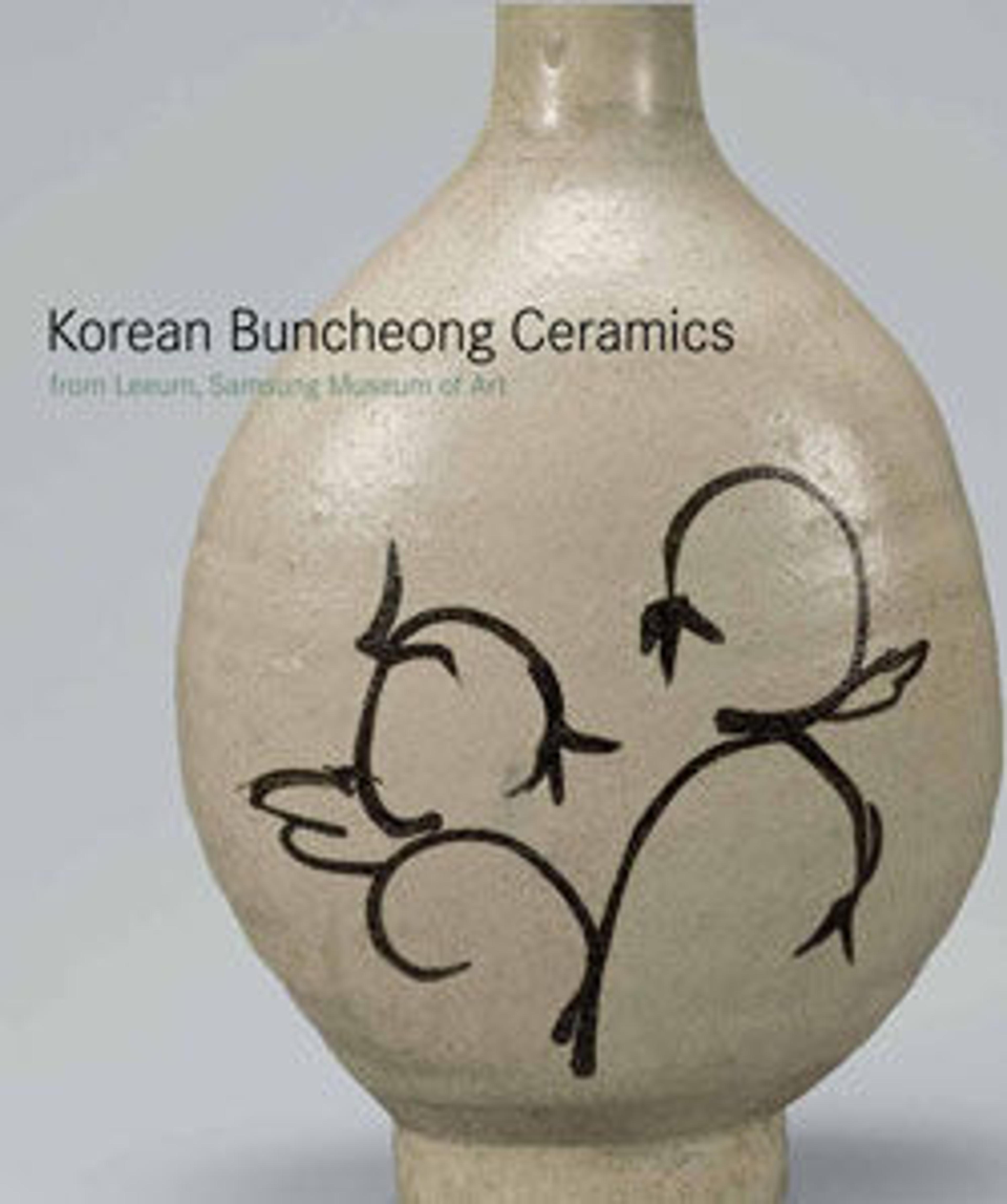Jar
It was in the Karatsu area of the island of Kyushu that Korean potters first introduced the noborigama, or climbing kiln, to Japan. This type of kiln was more advanced than previous ones, and allowed for better control during firing. This jar, painted with a simple motif reminiscent of the character dai, or great, was made in such a kiln. This austere aesthetic was promoted by followers of the tea ceremony during the Momoyama period. The techniques employed by Korean potters at Karatsu kiln sites were integral to the emergence of porcelain production in Japan in the early seventeenth century.
Artwork Details
- Title: Jar
- Period: Momoyama period (1573–1615)
- Culture: Japan
- Medium: Stoneware with painted decoration in underglaze brown iron (Karatsu ware)
- Dimensions: H. 4 1/2 in. (11.4 cm); Diam. 6 in. (15.2 cm)
- Classification: Ceramics
- Credit Line: Dr. and Mrs. Roger G. Gerry Collection, Bequest of Dr. and Mrs. Roger G. Gerry, 2000
- Object Number: 2002.447.21
- Curatorial Department: Asian Art
More Artwork
Research Resources
The Met provides unparalleled resources for research and welcomes an international community of students and scholars. The Met's Open Access API is where creators and researchers can connect to the The Met collection. Open Access data and public domain images are available for unrestricted commercial and noncommercial use without permission or fee.
To request images under copyright and other restrictions, please use this Image Request form.
Feedback
We continue to research and examine historical and cultural context for objects in The Met collection. If you have comments or questions about this object record, please complete and submit this form. The Museum looks forward to receiving your comments.
